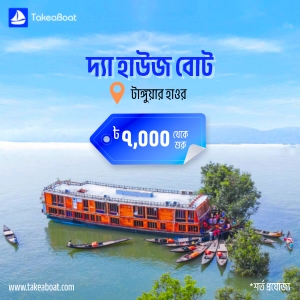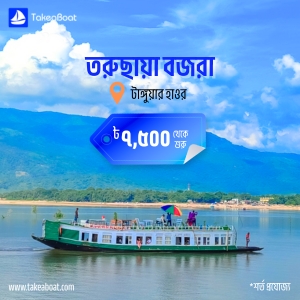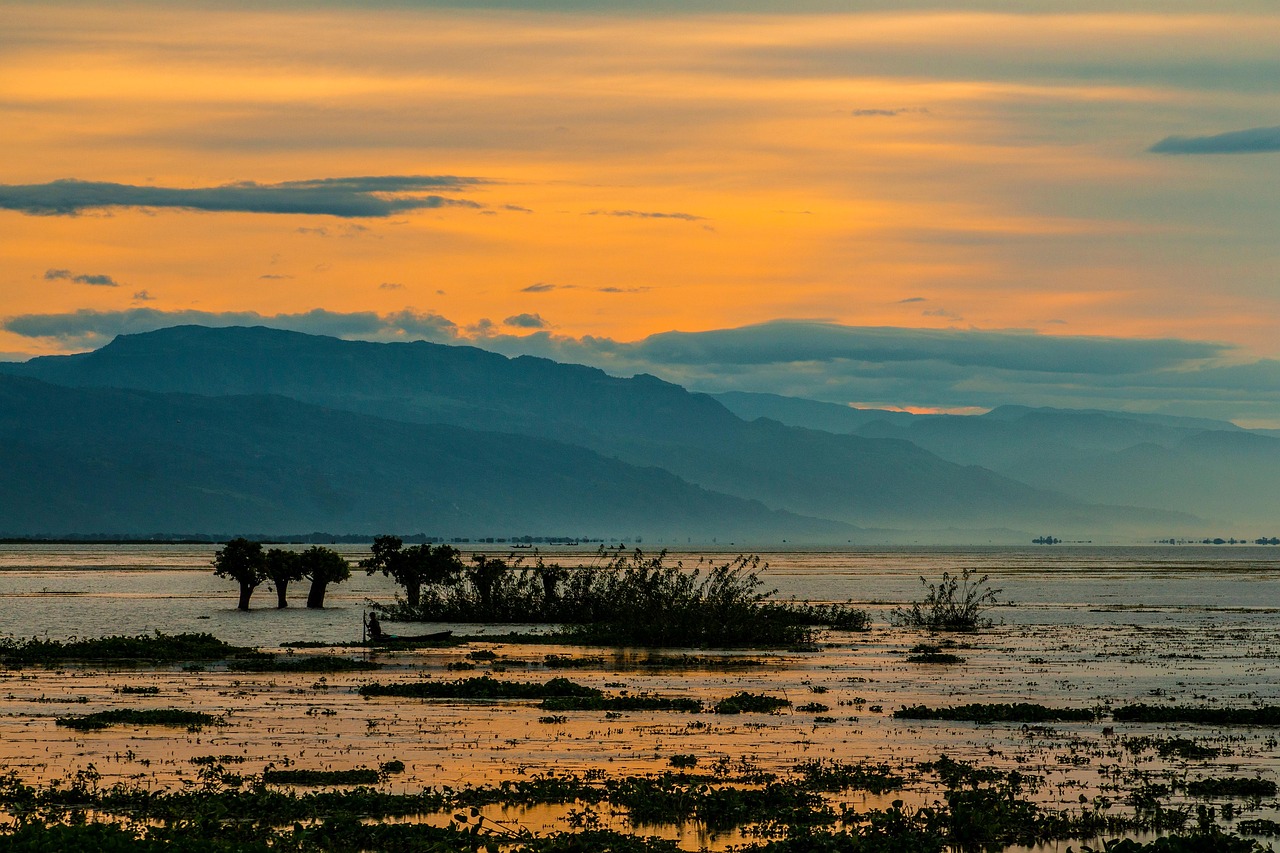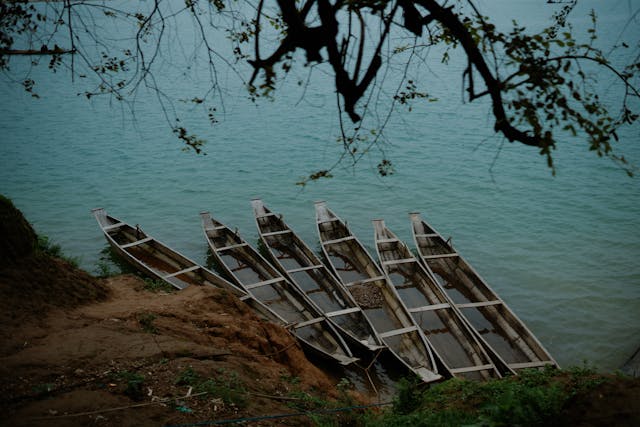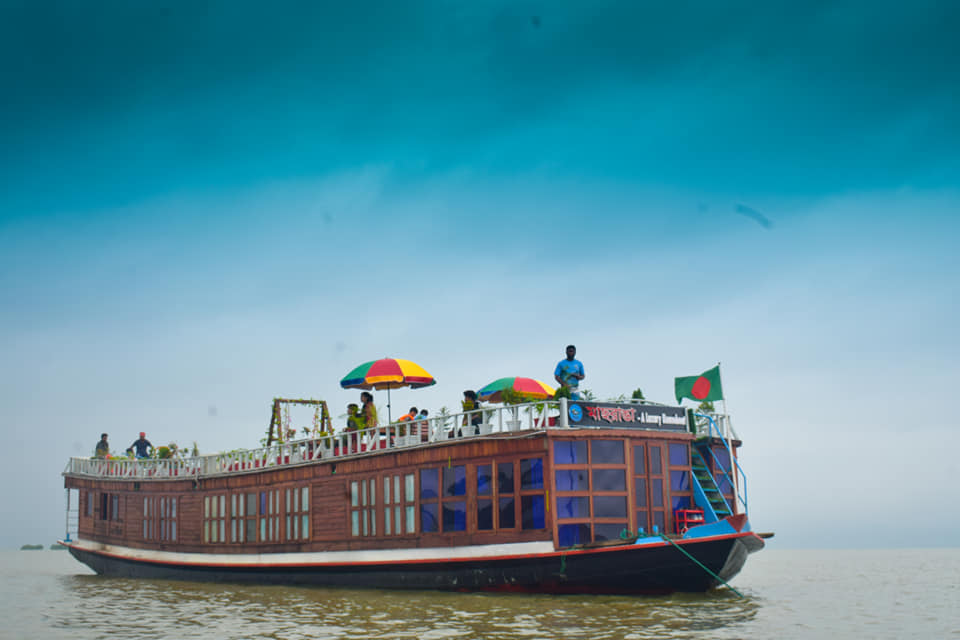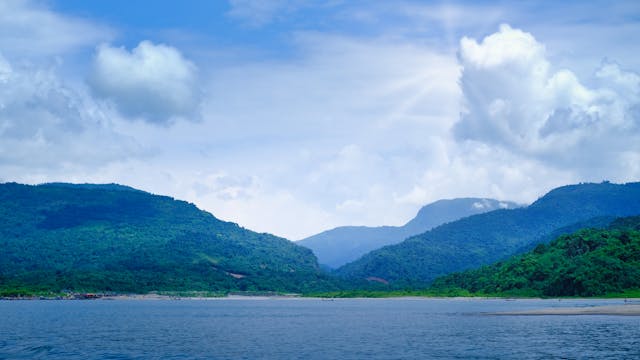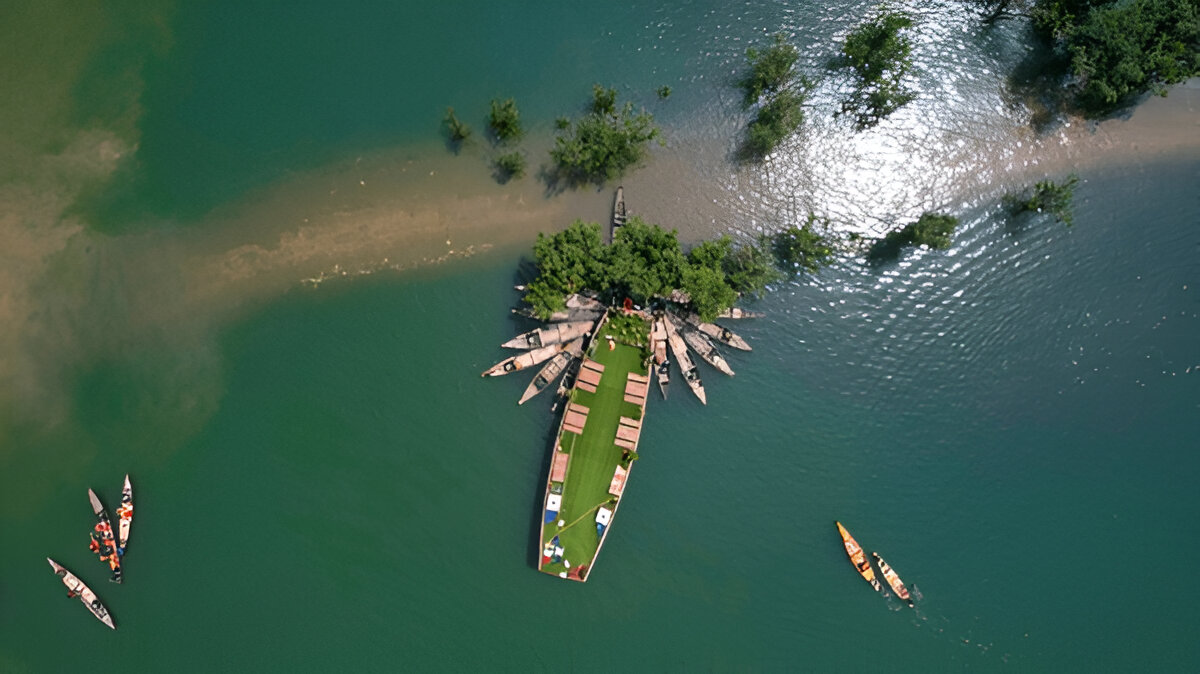Tanguar Haor for Photographers: Best Spots, Gear Tips & Golden Hours
Tanguar Haor for Photographers: Best Spots, Gear Tips & Golden Hours
Imagine a vast wetland where shimmering waters reflect the first light of dawn, migratory birds take flight in perfect formation, and serene villages emerge from the mist. Welcome to Tanguar Haor, a photographer’s paradise nestled in the Sunamganj district of Sylhet Division, Bangladesh. This Ramsar site, often called the “sea of Sylhet,” offers endless opportunities to capture breathtaking landscapes, vibrant wildlife, and authentic cultural moments. For photographers seeking unique frames in an untouched natural setting, Tanguar Haor is a must-visit destination.
Table of Contents
- Tanguar Haor for Photographers: Best Spots, Gear Tips & Golden Hours
- Why Tanguar Haor is a Photographer’s Dream Destination
- Best Photography Spots in Tanguar Haor
- Essential Gear Tips for Photographing Tanguar Haor
- Golden Hours at Tanguar Haor: Timing Your Shots for Magic
- Challenges of Photographing Tanguar Haor and How to Overcome Them
- Frequently Asked Questions (FAQs) About Photographing Tanguar Haor
- Conclusion: Capture the Soul of Tanguar Haor Through Your Lens
In this guide, we’ll explore why Tanguar Haor is a dream location for photography enthusiasts. From the best spots to shoot to essential gear tips and the magic of golden hours, we’ll help you prepare for an unforgettable visual journey through this Bangladeshi wetland. Ready to snap some award-worthy shots? Let’s dive in!
Why Tanguar Haor is a Photographer’s Dream Destination
Tanguar Haor spans over 9,500 hectares during the monsoon season, transforming into a sprawling inland sea dotted with small islands and surrounded by lush greenery. Its raw, unspoiled beauty provides a canvas unlike any other—think endless water horizons, dramatic skies, and a rich tapestry of life along its edges. Whether you’re into landscape photography, wildlife shots, or cultural portraits, this wetland delivers.
Beyond aesthetics, Tanguar Haor offers a peaceful escape from crowded tourist spots, allowing photographers to focus on their craft without distractions. Have you ever dreamed of capturing nature in its purest form? This ecological gem in Bangladesh is where your vision comes to life.
Best Photography Spots in Tanguar Haor
To make the most of your trip, knowing where to set up your camera is key. Here are the top spots in Tanguar Haor for stunning photographs.
1. Shimul Bagan: The Cotton Tree Haven
- Why It’s Great: Located on a small island within the haor, Shimul Bagan is a cluster of cotton trees (shimul) that create a surreal, almost otherworldly scene, especially during sunrise or sunset. The trees’ red flowers (in season) contrast beautifully with the water and sky.
- Best Shot: Wide-angle landscapes or silhouettes of trees against golden hour light.
- How to Reach: Hire a local boat (nouka) from Tahirpur or nearby villages to reach this spot.
2. Watch Towers at Tekerghat
- Why It’s Great: Tekerghat offers elevated watch towers managed by local conservation groups, providing panoramic views of the haor. These are perfect for capturing the vastness of the wetland and spotting migratory birds.
- Best Shot: Telephoto shots of birds like Siberian ducks or wide shots of the waterlogged expanse.
- How to Reach: Accessible by boat, followed by a short walk to the towers.
3. Floating Villages Near Lamagaon
- Why It’s Great: The floating villages around Lamagaon showcase life on the water—fishermen casting nets, children playing on boats, and temporary huts on stilts. These scenes are gold for cultural and documentary photography.
- Best Shot: Candid portraits or storytelling images of daily life with the haor as a backdrop.
- How to Reach: Boat from any major entry point like Tahirpur; ask your boatman to guide you to nearby settlements.
4. Open Waters During Monsoon
- Why It’s Great: During the rainy season (June-September), Tanguar Haor becomes a massive waterbody, offering mirror-like reflections and dramatic storm clouds. It’s ideal for minimalist or abstract photography.
- Best Shot: Reflections of the sky or boats with long-exposure techniques for silky water effects.
- How to Reach: Any boat tour during monsoon will take you through these open waters.
Which spot are you most excited to frame through your lens at Tanguar Haor?
Essential Gear Tips for Photographing Tanguar Haor
Shooting in a wetland environment like Tanguar Haor comes with unique challenges—humidity, water splashes, and unpredictable weather. Here’s how to gear up for success.
Camera and Lenses
- Camera: A DSLR or mirrorless camera with weather-sealing is ideal to withstand moisture and dust. Entry-level options like the Canon EOS Rebel or Sony Alpha series work well if you’re on a budget.
- Lenses: Bring a versatile zoom lens (e.g., 24-70mm) for landscapes and a telephoto lens (e.g., 70-300mm) for wildlife and distant shots of birds. A wide-angle lens (e.g., 16-35mm) is perfect for capturing the vastness of the haor.
- Extras: Pack a polarizing filter to reduce glare on water surfaces and enhance sky colors.
Protective Gear
- Waterproof Bag: Protect your equipment with a waterproof camera bag or dry bag, especially during boat rides.
- Lens Cloth and Rain Cover: Keep a microfiber cloth handy for wiping moisture off lenses, and use a rain cover for unexpected showers.
- Tripod: A lightweight, sturdy tripod is essential for long-exposure shots of water or stable wildlife photography. Look for one with corrosion-resistant legs for wetland conditions.
Other Essentials
- Extra Batteries and Memory Cards: There are no charging points in the haor, so carry spare batteries and high-capacity memory cards for uninterrupted shooting.
- Binoculars: Useful for scouting distant subjects like birds before zooming in with your camera.
- Insect Repellent: Mosquitoes can be a nuisance, especially at dawn or dusk. Protect yourself to focus on shooting.
Are you packed and ready to capture Tanguar Haor’s beauty without gear hiccups?
Golden Hours at Tanguar Haor: Timing Your Shots for Magic
In photography, light is everything, and Tanguar Haor shines brightest during the golden hours—those fleeting moments just after sunrise and before sunset when the light is soft, warm, and diffused. Here’s how to make the most of these times.
Sunrise (5:30 AM - 7:00 AM)
- Why It’s Perfect: The early morning light casts a golden glow over the water, creating ethereal reflections and long shadows. Mist often lingers, adding a dreamy quality to your shots.
- Best Subjects: Shimul Bagan’s trees in silhouette, fishermen heading out on boats, and the first flights of birds.
- Tip: Arrive early by coordinating with a local boatman the night before. Set up near an island or open water for unobstructed views.
Sunset (5:00 PM - 6:30 PM)
- Why It’s Perfect: The setting sun paints the sky in hues of orange and pink, with the haor’s still waters mirroring the colors. It’s ideal for dramatic landscapes and emotional storytelling shots.
- Best Subjects: Villages against the twilight sky, birds returning to roost, and minimalist water shots.
- Tip: Use a tripod for slower shutter speeds to capture the fading light, and experiment with bracketing for HDR effects.
Bonus: Blue Hour
- Why It’s Great: The moments just before sunrise or after sunset, known as the blue hour, offer a cool, tranquil tone. The haor looks almost mystical under this light.
- Best Subjects: Long-exposure shots of water or silhouetted boats and trees.
- Tip: A tripod and remote shutter release are must-haves for shake-free images in low light.
Timing your shoots during these magical hours can elevate your Tanguar Haor portfolio. When will you chase the light—dawn or dusk?
Challenges of Photographing Tanguar Haor and How to Overcome Them
While Tanguar Haor is a visual feast, shooting here isn’t without obstacles. Here’s how to tackle common issues.
- Unpredictable Weather: Rain or sudden clouds can disrupt plans, especially in monsoon. Check forecasts, carry rain gear for yourself and your camera, and be flexible with your schedule.
- Boat Stability: Shooting from a moving boat can result in blurry images. Use a fast shutter speed, stabilize your camera against the boat’s edge, or ask the boatman to pause in calm waters.
- Harsh Midday Light: Between 10 AM and 3 PM, the sun can create harsh contrasts and overexposure. Use a polarizing filter or focus on shaded subjects like village life during these hours.
- Limited Access to Power: There are no charging stations in the haor. Carry portable power banks and spare batteries to keep your gear running.
Preparation turns challenges into opportunities. How will you adapt to capture Tanguar Haor’s essence?
Frequently Asked Questions (FAQs) About Photographing Tanguar Haor
1. Why is Tanguar Haor good for photography?
Tanguar Haor, a vast wetland in Bangladesh, offers stunning landscapes, diverse wildlife like migratory birds, and cultural scenes of village life. Its untouched beauty and serene environment make it a perfect spot for landscape, wildlife, and documentary photography.
2. What are the best photography spots in Tanguar Haor?
Top spots include Shimul Bagan for surreal tree landscapes, Tekerghat watch towers for panoramic views and bird shots, floating villages near Lamagaon for cultural images, and open waters during monsoon for reflections and minimalist shots.
3. What camera gear do I need for Tanguar Haor?
Bring a weather-sealed DSLR or mirrorless camera, a versatile zoom lens (24-70mm), a telephoto lens (70-300mm) for wildlife, and a wide-angle lens (16-35mm) for landscapes. Pack a waterproof bag, rain cover, tripod, extra batteries, and memory cards due to the wetland environment.
4. When is the best time to photograph Tanguar Haor?
The golden hours—sunrise (5:30-7:00 AM) and sunset (5:00-6:30 PM)—offer the best light for magical shots. The blue hour just before or after these times is great for tranquil, cool-toned images. Visit between November and February for pleasant weather and bird migrations.
5. How do I reach Tanguar Haor for a photography trip?
Travel to Sunamganj or Tahirpur by bus or car from Dhaka (about 6-7 hours). From there, hire a local boat (nouka) to explore the haor. Coordinate with boatmen for early morning or late afternoon trips to catch the best light.
6. What challenges might I face while photographing Tanguar Haor?
Challenges include unpredictable weather, boat instability affecting shot clarity, harsh midday light, and lack of charging points. Prepare with rain gear, fast shutter speeds, polarizing filters, and spare batteries to overcome these issues.
7. Is Tanguar Haor safe for photographers?
Yes, it’s generally safe, but take precautions like hiring trusted local boatmen, protecting gear from water, and avoiding risky areas during monsoon floods. Respect local communities when shooting in villages to ensure a positive experience.
Conclusion: Capture the Soul of Tanguar Haor Through Your Lens
Tanguar Haor isn’t just a destination—it’s a visual story waiting to be told. From the surreal beauty of Shimul Bagan to the vibrant life of floating villages, this Bangladeshi wetland offers endless inspiration for photographers. With the right gear, timing during golden hours, and knowledge of the best spots, you can create a portfolio that captures the essence of this ecological wonder.
So, pack your camera, plan your trip, and get ready to frame the magic of Tanguar Haor. Your next masterpiece awaits—when will you chase the light in this stunning landscape?
Read about Tanguar Haor Boat Types Explained: Which One is Right for You?
Follow us on Facebook and Instagram for more travel tips and updates!

Shafat Mahmud Khan
Related content
Interdum et malesuada fames


